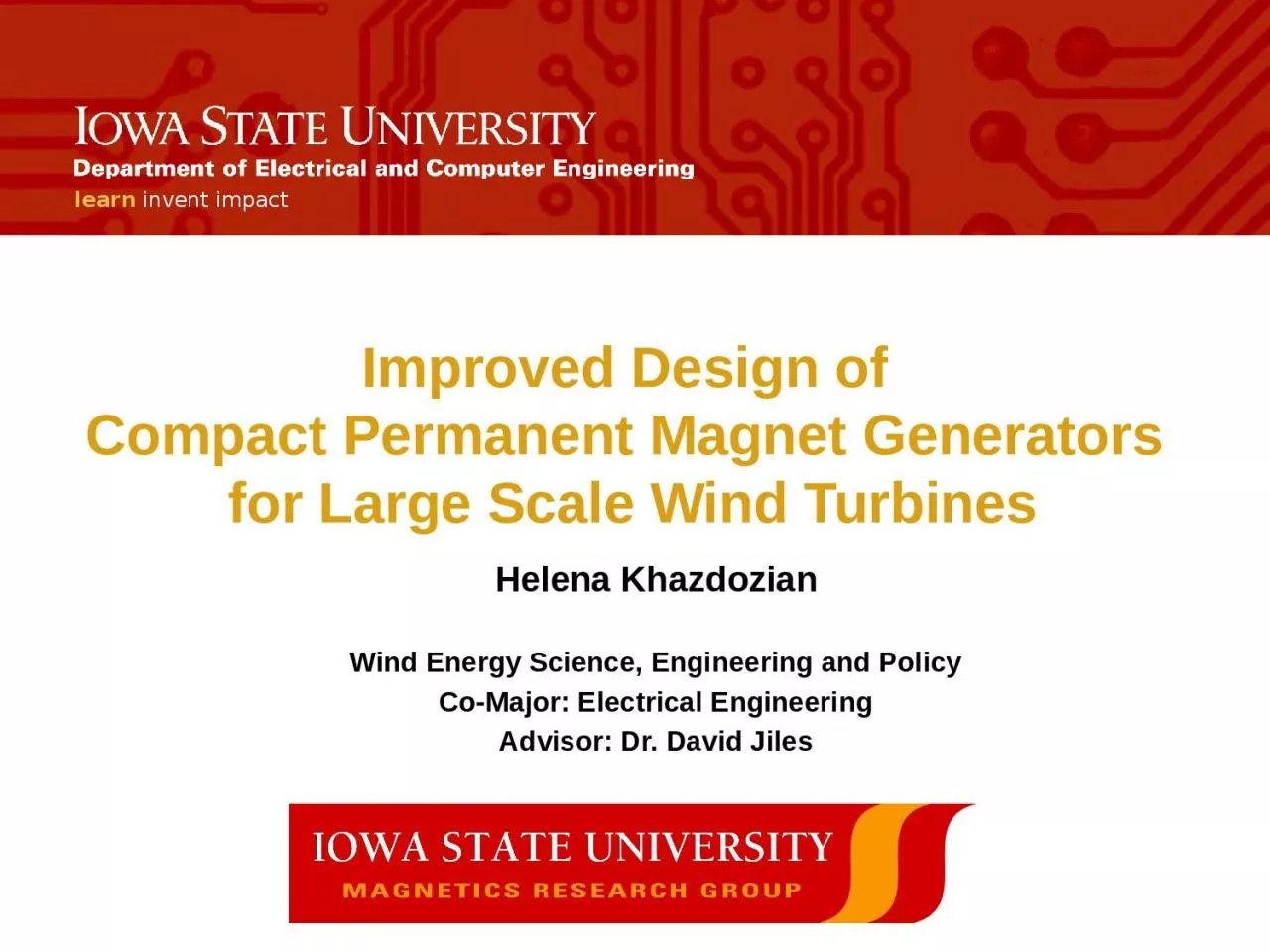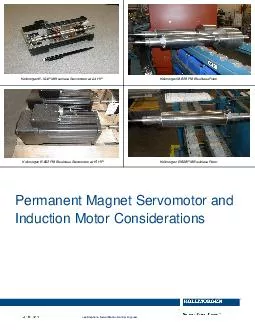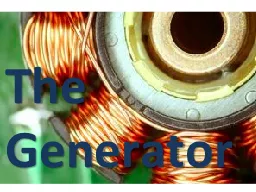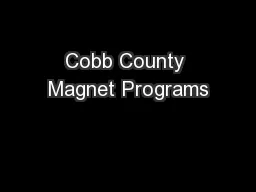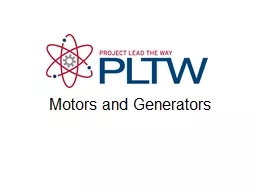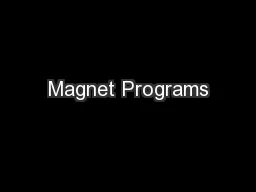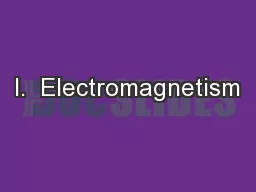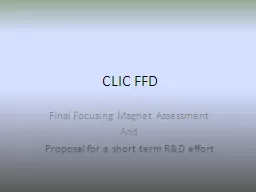PPT-Improved Design of Compact Permanent Magnet Generators
Author : wilson | Published Date : 2024-02-02
for Large Scale Wind Turbines Helena Khazdozian Wind Energy Science Engineering and Policy CoMajor Electrical Engineering Advisor Dr David Jiles Motivation 20 wind
Presentation Embed Code
Download Presentation
Download Presentation The PPT/PDF document "Improved Design of Compact Permanent Ma..." is the property of its rightful owner. Permission is granted to download and print the materials on this website for personal, non-commercial use only, and to display it on your personal computer provided you do not modify the materials and that you retain all copyright notices contained in the materials. By downloading content from our website, you accept the terms of this agreement.
Improved Design of Compact Permanent Magnet Generators: Transcript
Download Rules Of Document
"Improved Design of Compact Permanent Magnet Generators"The content belongs to its owner. You may download and print it for personal use, without modification, and keep all copyright notices. By downloading, you agree to these terms.
Related Documents

